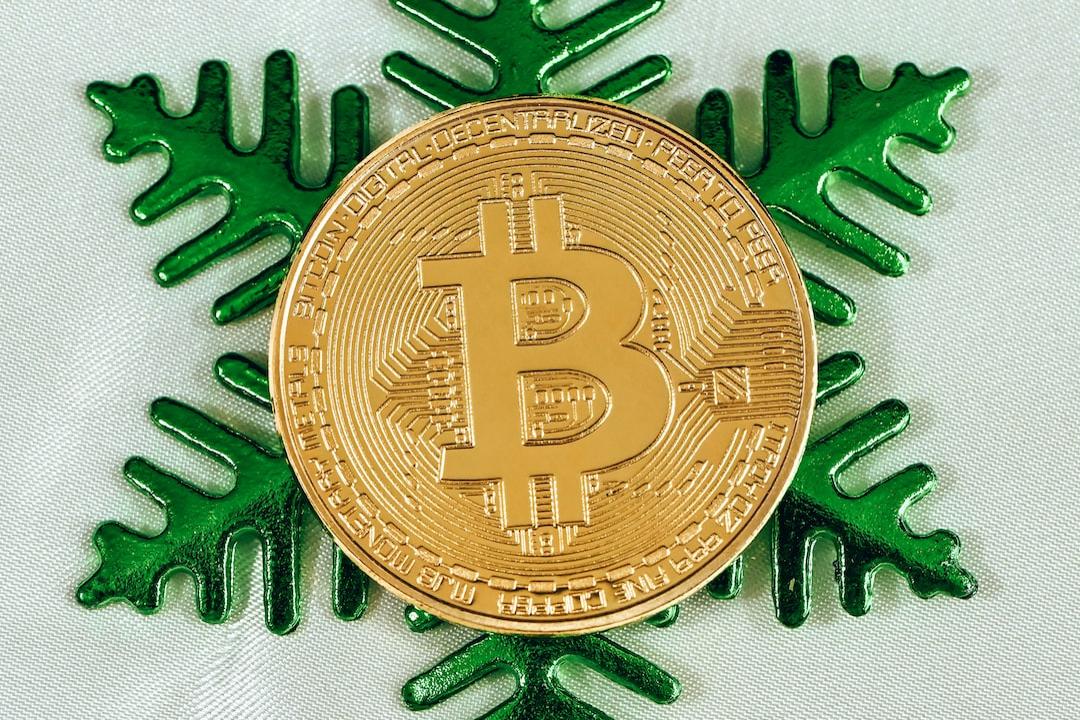According to data from IntoTheBlock, the ratio of active Bitcoin addresses has dropped to its lowest level since November 2010. In June, the weekly active wallet ratio hit a low of 1.22% after peaking at 1.32%, marking the lowest ratio since November 2010. Additionally, the total number of active wallets has reached multiyear lows, with the week of May 27 recording 614,770 active wallets, the lowest figure since December 2018.
The decline in active address ratio suggests a lack of buying and selling activity among Bitcoin (BTC) holders, indicating a period of market consolidation. Juan Pellicer, a senior researcher at IntoTheBlock, attributes this decrease in wallet activity to weaker retail participation compared to past cycles, stating that this year’s run to a new all-time high was driven by institutional capital rather than retail investors.
The wider economic situation may have played a role in the decreased retail investment in crypto. As investors prepare for a period of rising whale movements, including the Mt. Gox trustee planning to start distributing payments to creditors in July, larger holders, including those linked to governments, have been seen engaging in selling activities.
Despite the launch of Runes, a fungible token protocol introduced to the Bitcoin ecosystem in April, and the new revenue channel it was expected to provide for miners, activity on Runes has cooled off. However, Pellicer believes that the current state of Runes represents a temporary lull rather than a permanent decline due to the cyclical nature of such assets.
In contrast to the attention on memecoins and celebrity tokens, Bitcoin’s current state is relatively stable, even though 68% of Runes are currently in the red. This suggests that while Bitcoin is known for its volatility, it can be considered stable compared to lower cap memecoins.

